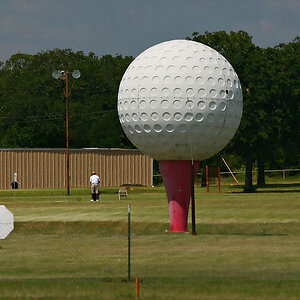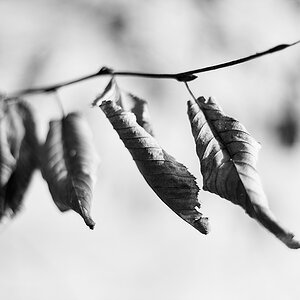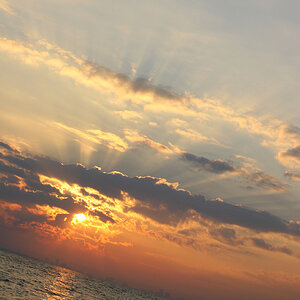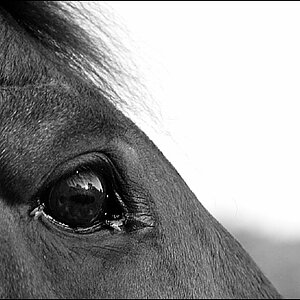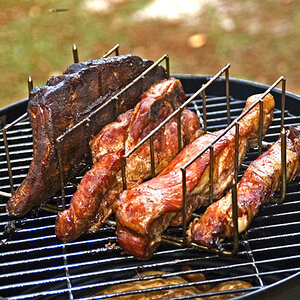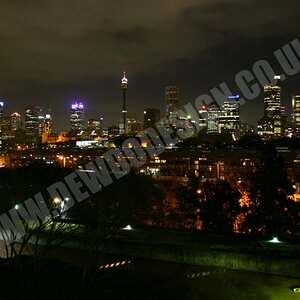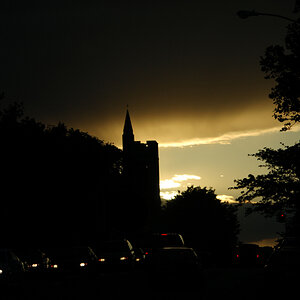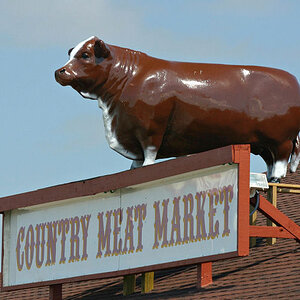magicmonkey
TPF Noob!
Now I know this has been asked and answered a few times before, I have searched the forums and other web sites as well but I've never found an explanation that made all that much sense to me so I was hopeing that someone here might be able to give it a try.
The problem is that I don't really understand f stops. Firstly, what does the 'f' actually stand for? Secondly, how does it work and what does it effect? Thirdly, how is this related to the aperture?:blushing:
I am approaching digital from a very non technical (photography wise) background and it's turning into a bit of a steep learning curve, even more so than paintshop! Any help much appreciated and I apologise for repeating a question you've all been asked before:blushing:
The problem is that I don't really understand f stops. Firstly, what does the 'f' actually stand for? Secondly, how does it work and what does it effect? Thirdly, how is this related to the aperture?:blushing:
I am approaching digital from a very non technical (photography wise) background and it's turning into a bit of a steep learning curve, even more so than paintshop! Any help much appreciated and I apologise for repeating a question you've all been asked before:blushing:


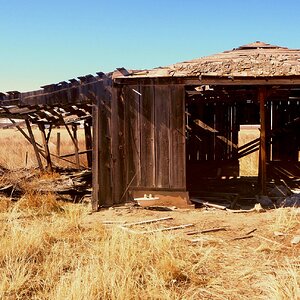
![[No title]](/data/xfmg/thumbnail/37/37617-2a07b7e10a8d9f154e8cd9727551e0ef.jpg?1619738151)
